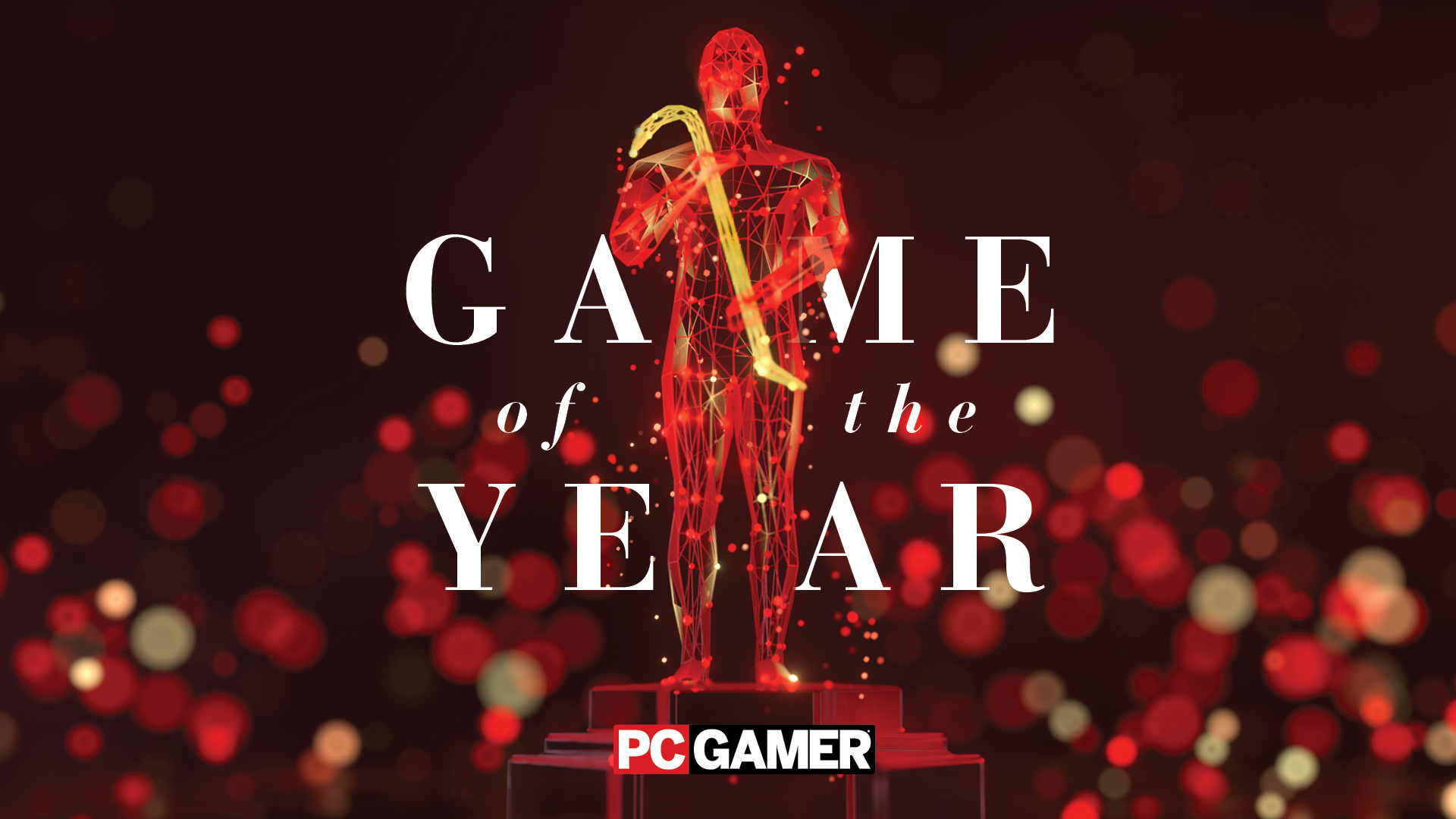Personal Pick

In addition to our main Game of the Year Awards 2024, each member of the PC Gamer team is shining a spotlight on a game they loved this year. We’ll post new personal picks, alongside our main awards, throughout the rest of the month.
We live in the golden age of roguelikes. Even as I celebrate Balatro as my favourite game this year, I’m deep into new obsessions with Ballionaire and Dungeon Clawler, with Caves of Qud 1.0 on the to-play list. Fans of the genre are so spoiled that it’s easy to overlook even truly excellent releases—but make sure you don’t let Shogun Showdown pass you by.
I made sure to make time to review this one even when I was still in the grip of Balatro earlier this year. After following its Early Access journey, it was a pleasure to see it hit full release in 2024 with a confident and polished 1.0 version. It was always great, but now it’s truly excellent—one of the tightest, smartest, and most satisfying roguelikes around.
Like genre classic Into the Breach, Shogun Showdown mines huge strategic depth out of small and seemingly straightforward fights. The premise is simple: as a ronin warrior, you must fight your way across a series of islands to reach, and defeat, a demonic warlord. Each of its side-on, turn-based battles takes place in a confined room, with your enemies following simple, predictable behaviours. You respond by hopping back and forth, and queuing up and executing your own attack strings from a small deck of actions.
Every move you make—whether taking one step forward, turning around, or launching your strike—is a turn, giving every enemy the chance to make one move of their own. Every moment of the fight is its own fiendish little puzzle. How can I both slay this warrior and avoid getting hit by that arrow in one move, and what do I do in the three steps after that?
What makes that truly sing is how the game pushes you to be perfect. Most roguelikes thrive in chaos—they’re about trying to snatch something that can work out of a storm of randomness, and succeeding just enough at each step to survive. Shogun Showdown is different—it’s always gently judging you on how long your run is taking, how many turns each fight requires, and, most of all, how many hits you’ve suffered.

You can scrape by, but the game will always let you know that’s what you’re doing, ending each fight with a screen-filling “Survived” if you took hits, “Cleared” if you took only one, and the wonderful “Obliterated” if you came out spotless. The most interesting unlocks, too, are gated behind ever better performance. The goal is always right there—to become the director of your own perfect samurai action sequences, combining different attacks into a flawless strategy that sees you ducking every slash, weaving around hapless foes, and taking out whole crowds with one three-hit combo.
In a deckbuilder, your approach to each turn is based around what cards reach your hand. In Shogun Showdown, your comparatively much smaller set of attacks—starting with two, and growing to six over the course of a run—is always available. The onus is entirely on you to choose and use them effectively, balancing their unique properties, and planning for what you’ll be doing during their lengthy cooldowns.
Despite the simple graphics, a perfectly executed turn can feel truly spectacular. Click to let loose a queued-up combo, and your character might stab backwards to kill the enemy behind them, smash the enemy in front of them back to collide with another foe, and then swap places with another so they’re suddenly in the way of one of their allies’ arrows. Or any of countless other clever combinations, tailored each time to the specific position you find yourself in and the threats coming your way.
All of this depth, in a game still simple enough to be played just with left click, right click, and middle mouse, and approachable enough to draw you in as quickly and effectively as any greats of the genre.
It was bad luck for Shogun Showdown to launch into 1.0 in the same year as the all-consuming Balatro, but it’s just as deserving of a place in the roguelike hall of fame. Even if you’re still honing your high card build, you should still make some time to study the blade.
Source link










Add comment